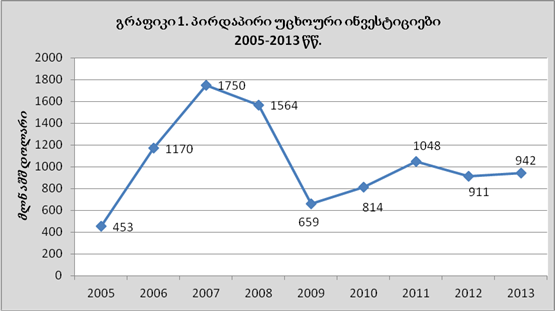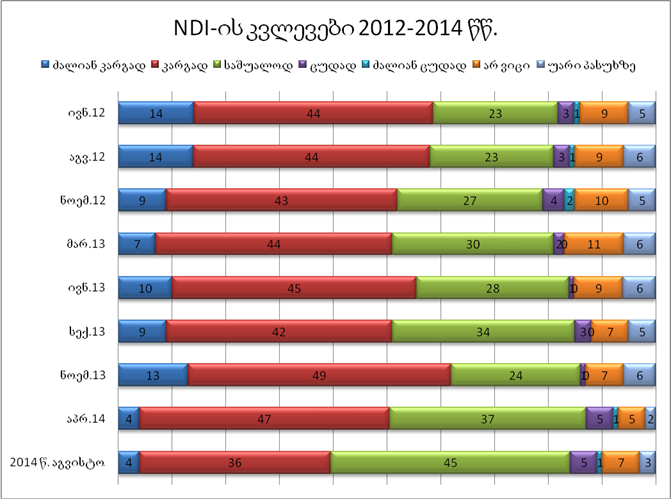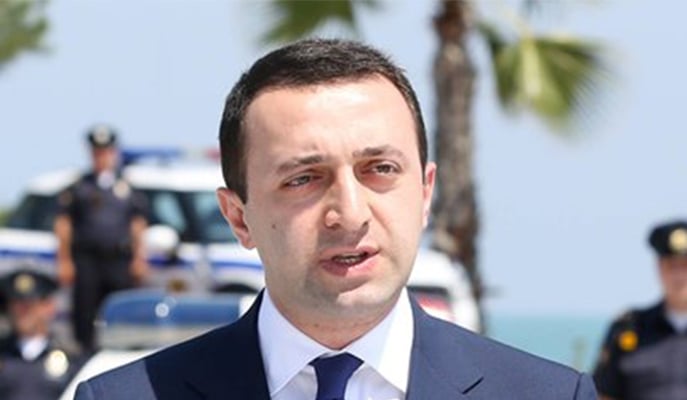the Prime Minister, Irakli Gharibashvili, stated: “From all the results achieved, it is noteworthy that the number of the population living below the poverty line has notably decreased and is practically halved.”
FactChecktook interest in the level of poverty in the country and verified the Prime Minister’s statement.
In September 2000, within the framework of the Millennium Summit, the United Nations General Assembly adopted the Millennium Declaration.According to the Declaration, in accordance with the main challenges of global development, member states agreed to reach the following Millennium Development Goals by the year 2015:
- Eradicate extreme poverty and hunger;
- Provide primary schooling throughout the world;
- Promote gender equality and the empowerment of women;
- Reduce child mortality;
- Improve maternal health;
- Halt and reverse the spread of HIV/AIDS, malaria and other diseases;
- Provide ecological sustainability;
- Establish international cooperation for development.
the Millennium Development Goals by 2015.
Since 2000, progress has been achieved in various directions (see Common Country Assessment with 2000 data).The Prime Minister, whilst talking about a halving of the poverty rate in Georgia, relies upon the 2014 Georgia National Report on the Millennium Development Goals in which the poverty rate is reviewed based upon 2006-2012 statistical data. In verifying the Prime Minister’s statement, therefore, we analysed precisely the period to which he was referring.
Based upon the 2014 Georgia National Report on the Millennium Development Goals, the country’s Gross Domestic Product amounted to USD 690 per capita in 2000. In 2013, this index was up to USD 3,597. In parallel with the economic growth, there was a tendency of poverty reduction. The graph below shows the overall and extreme poverty rates.
 Source: 2014 Georgia National Report on the Millennium Development Goals
Source: 2014 Georgia National Report on the Millennium Development Goals
In the period of 2006-2012, the highest poverty rate was recorded in 2010, which is explained as a result of the negative impact of the 2008 Russo-Georgian War and the 2009 world financial crisis. The 2014 Georgia National Report on the Millennium Development Goals indicates a reduction of the population living below the poverty line in which 2012 data are compared to those of 2010 (2012 are the latest data). The number of the population living in poverty or the so-called overall poverty, decreased from 21% in 2010 to 14.8% (1.4 times). Moreover, the number of the population living below the extreme poverty line decreased from 6.7% to 3.7% (1.8 times). A person is considered to be living below the extreme poverty line if his/her daily consumer expenditures do not exceed USD 1.25.
Additionally, we also studied the dataof the National Statistics Department.
According to the latest data, poverty registered in 2013, or the share of the population receiving a subsistence allowance, is 9.7% of the total population. As can be seen in the graph below, the registered poverty rate stayed almost unchanged in 2010-2013.
 Source: National Statistics Office of Georgia
Source: National Statistics Office of Georgia
Moreover, according to 2013 data of the National Statistics Office, the relative poverty rate is 21.4%, which means that 21.4% of the population consumes less than 60% of the average consumption. According to the data of the last years (2010-2012), there has been no notable change in the relative poverty rate as well (see Graph 3).
 Source: National Statistics Office of Georgia
Source: National Statistics Office of Georgia
According to the 2014 Georgia National Report on the Millennium Development Goals, reducing poverty is considered to be one of the most important achievements of the country. Previously, however, the Prime Minister’s assessment regarding Georgia’s low rankings in the Central Asian and Eastern European region was different as he explained this emanating as a result of the inefficacy of the previous government (see FactCheck’s article). Of note are the recent comments of the Head of the Finance and Budget Committee of the Parliament, Davit Onoprishvili, who has spoken about the decline in the poverty rate. On 30 September, as a guest of the talk show Archevani,
Mr Onoprishvili stated: “In the period of the United National Movement’s governance (2004-2012) when the GDP and the economy were growing, it was paradoxical that Georgia was the only country where the rate of unemployment wasn’t improving and the poverty was worsening even more.”
Conclusion
In noting that poverty in Georgia has been halved, the Prime Minister is relying upon the 2014 Georgia National Report on the Millennium Development Goals. According to this Report, the poverty rate is reviewed based upon 2006-2012 statistical data.
According to the latest data of 2012, the share of the population living in poverty is 14.8% of the total population whilst the share of the population living in extreme poverty is 3.7%.
In the 2014 Georgia National Report on the Millennium Development Goals, the 2012 poverty rate is compared to the data of 2010. The year 2010 showed the highest recorded poverty rate, which was caused as a result of the 2008 Russo-Georgian War and the 2009 world financial crisis. This year, the overall poverty was equal to 21%. Therefore, the rate of overall poverty reduced 1.4 times from 2010 to 2012. As compared to other years, the reduction trend is obvious but it is far from being halved. For example, the 2006 poverty rate was 18% and the 2011 poverty rate was 17.7% and so the 14.8% recorded in 2012 is doubtlessly an indicator of certain progress but the fact remains that poverty is still one of the most important challenges for Georgia.
FactCheck concludes that the Prime Minister’s statement, “The number of the population living below the poverty line has notably decreased and is practically halved,” is MOSTLY FALSE.







